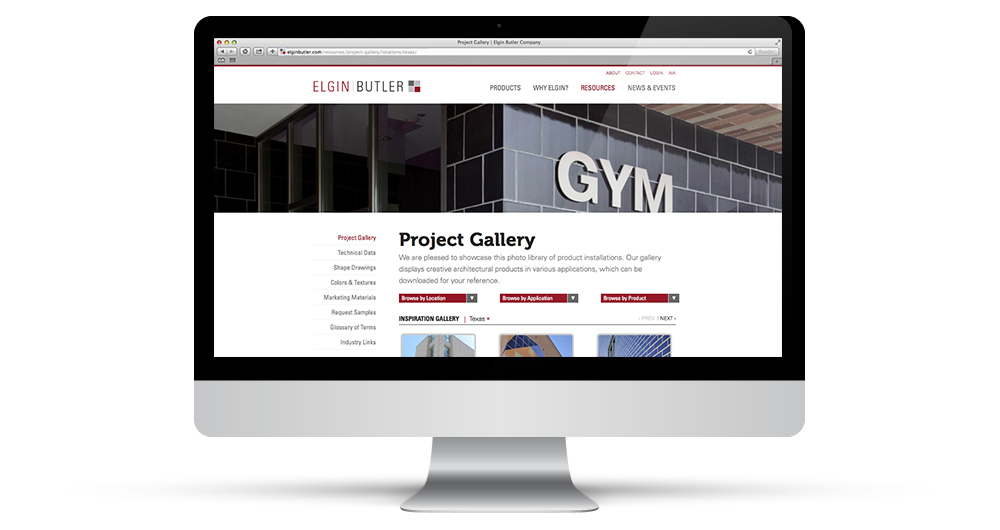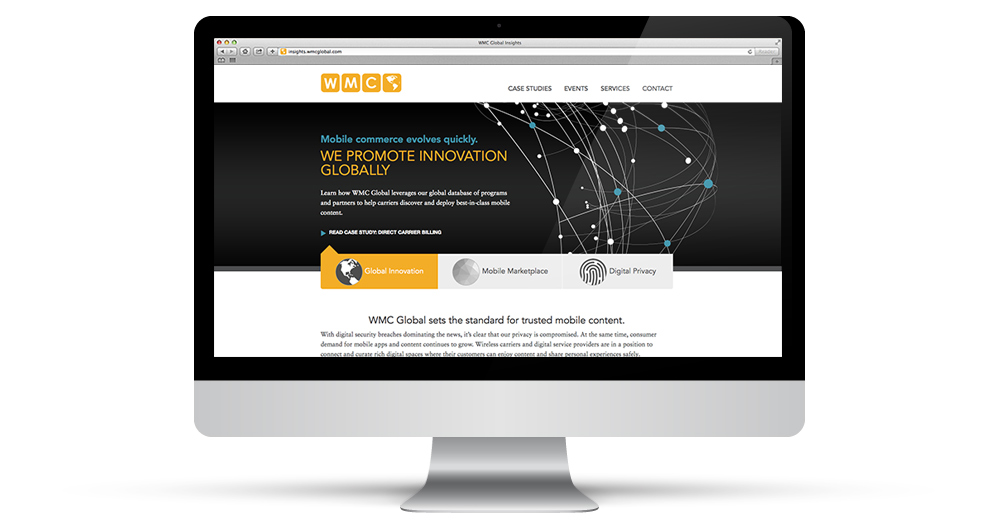Custom Web Design vs. Template Websites
With a strong focus on brand-driven web design, Jake largely delivers custom web solutions. Unlimited design possibilities coupled with a full suite of powerful features allows us to develop made-to-order sites that speak directly to each client’s brand, audience and online marketing goals.
However, custom-fit solutions require months to deploy which may not be feasible for start-ups or other clients with budget and scope limitations. In these cases, a template site may offer a good alternative.
So, what is the difference between the two?
Custom Website Design
A custom site is developed from scratch — the information architecture or navigational structure, graphics, functions, and administrative back-end are all designed based on your unique specifications. Do you have well established branding guidelines that reflect who you are as a company? A custom solution is for you.
What’s more, custom sites allow for all of the bells and whistles that elevate a website beyond professional graphics. Analytics data, search engine optimization tools, social media integration — the list of features is endless — and a custom site makes it all possible.
Let’s look at Elgin Butler, an architectural products manufacturer, for an example of a tailor-made website. With a strong brand and a design-minded target audience, Elgin required a site that not only reflected its look-and-feel, but included a photo inspiration gallery sortable by application, location, and product, as well as a password-protected portal for their nationwide distribution network.
With specific functionality requirements and an eye for design, a custom solution was the logical choice.
Template Websites
While custom sites allow for countless design and development possibilities, they’re not necessary in all cases. For start-ups that need only a simple online brochure, or small businesses that just want a modest online presence, a pre-built or template-based site is a great choice. They’re also ideal for clients with tight launch deadlines, limited content, and/or a smaller project scope and budget.
So why are template websites typically more economical and quicker to launch? Unlike their custom counterparts, templates are based on a pre-existing layout and include only basic functions such as contact forms and social media links. That said, some level of customization is possible, including colors, fonts and graphics provided that they fit within the parameters of the given structure.
At Jake, we have developed a small catalog of WordPress-based template sites that we use to rapidly deploy such sites. Known as JakeLite, these templates take advantage of consistent page layouts and standard functionality so they can be implemented in a matter of days.
A recent example is WMC Global Insights, which is a responsive template that automatically adjusts for optimal viewing on various mobile devices, including tablets and smartphones.
Conclusion
While custom websites offer the most flexibility, template-driven sites are a good alternative for companies trying to establish a web-presence quickly and affordably. They may not offer the extensive capabilities or scalability of made-to-order solutions, but they can be an effective strategy for projects with a limited scope.
That said, if you value the impact of a strong online identity, your brand will surely benefit more from a site that is custom built for you, rather working to find a template to fit your brand.
Lastly, keep in mind that just as your business will grow, so too should your website. Whether you’re building a custom site or implementing a pre-built template, by using WordPress as the underlying platform, you’re always able to migrate to a more robust and custom solution as your company or project evolves over time.
To learn more about JakeLite or other TJG services, contact us.



